Reebok 2014 Annual Report Download - page 125
Download and view the complete annual report
Please find page 125 of the 2014 Reebok annual report below. You can navigate through the pages in the report by either clicking on the pages listed below, or by using the keyword search tool below to find specific information within the annual report.-
 1
1 -
 2
2 -
 3
3 -
 4
4 -
 5
5 -
 6
6 -
 7
7 -
 8
8 -
 9
9 -
 10
10 -
 11
11 -
 12
12 -
 13
13 -
 14
14 -
 15
15 -
 16
16 -
 17
17 -
 18
18 -
 19
19 -
 20
20 -
 21
21 -
 22
22 -
 23
23 -
 24
24 -
 25
25 -
 26
26 -
 27
27 -
 28
28 -
 29
29 -
 30
30 -
 31
31 -
 32
32 -
 33
33 -
 34
34 -
 35
35 -
 36
36 -
 37
37 -
 38
38 -
 39
39 -
 40
40 -
 41
41 -
 42
42 -
 43
43 -
 44
44 -
 45
45 -
 46
46 -
 47
47 -
 48
48 -
 49
49 -
 50
50 -
 51
51 -
 52
52 -
 53
53 -
 54
54 -
 55
55 -
 56
56 -
 57
57 -
 58
58 -
 59
59 -
 60
60 -
 61
61 -
 62
62 -
 63
63 -
 64
64 -
 65
65 -
 66
66 -
 67
67 -
 68
68 -
 69
69 -
 70
70 -
 71
71 -
 72
72 -
 73
73 -
 74
74 -
 75
75 -
 76
76 -
 77
77 -
 78
78 -
 79
79 -
 80
80 -
 81
81 -
 82
82 -
 83
83 -
 84
84 -
 85
85 -
 86
86 -
 87
87 -
 88
88 -
 89
89 -
 90
90 -
 91
91 -
 92
92 -
 93
93 -
 94
94 -
 95
95 -
 96
96 -
 97
97 -
 98
98 -
 99
99 -
 100
100 -
 101
101 -
 102
102 -
 103
103 -
 104
104 -
 105
105 -
 106
106 -
 107
107 -
 108
108 -
 109
109 -
 110
110 -
 111
111 -
 112
112 -
 113
113 -
 114
114 -
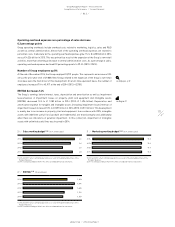 115
115 -
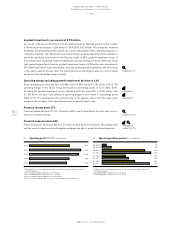 116
116 -
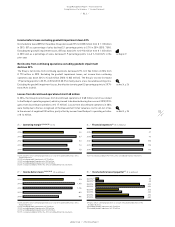 117
117 -
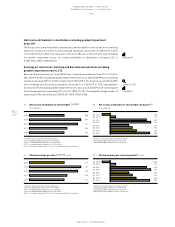 118
118 -
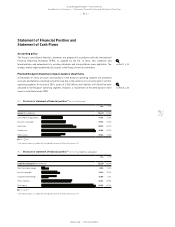 119
119 -
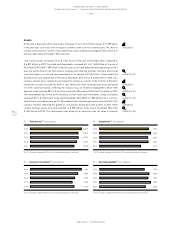 120
120 -
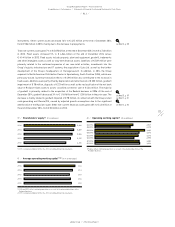 121
121 -
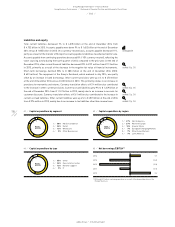 122
122 -
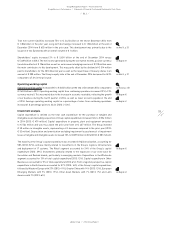 123
123 -
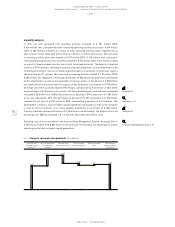 124
124 -
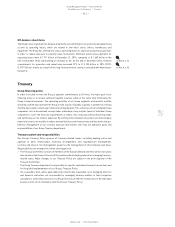 125
125 -
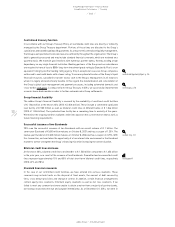 126
126 -
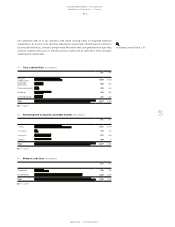 127
127 -
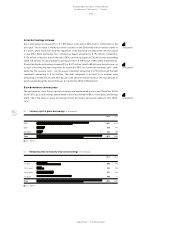 128
128 -
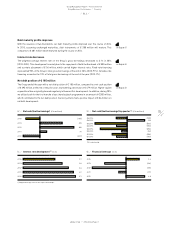 129
129 -
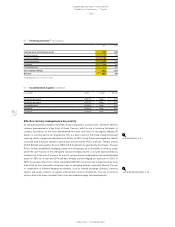 130
130 -
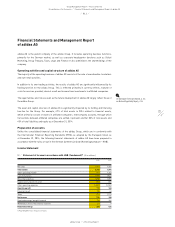 131
131 -
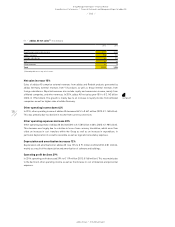 132
132 -
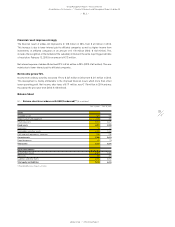 133
133 -
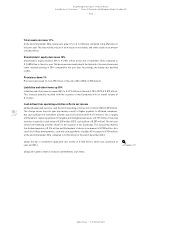 134
134 -
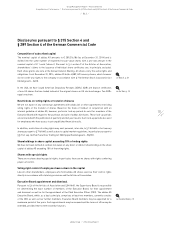 135
135 -
 136
136 -
 137
137 -
 138
138 -
 139
139 -
 140
140 -
 141
141 -
 142
142 -
 143
143 -
 144
144 -
 145
145 -
 146
146 -
 147
147 -
 148
148 -
 149
149 -
 150
150 -
 151
151 -
 152
152 -
 153
153 -
 154
154 -
 155
155 -
 156
156 -
 157
157 -
 158
158 -
 159
159 -
 160
160 -
 161
161 -
 162
162 -
 163
163 -
 164
164 -
 165
165 -
 166
166 -
 167
167 -
 168
168 -
 169
169 -
 170
170 -
 171
171 -
 172
172 -
 173
173 -
 174
174 -
 175
175 -
 176
176 -
 177
177 -
 178
178 -
 179
179 -
 180
180 -
 181
181 -
 182
182 -
 183
183 -
 184
184 -
 185
185 -
 186
186 -
 187
187 -
 188
188 -
 189
189 -
 190
190 -
 191
191 -
 192
192 -
 193
193 -
 194
194 -
 195
195 -
 196
196 -
 197
197 -
 198
198 -
 199
199 -
 200
200 -
 201
201 -
 202
202 -
 203
203 -
 204
204 -
 205
205 -
 206
206 -
 207
207 -
 208
208 -
 209
209 -
 210
210 -
 211
211 -
 212
212 -
 213
213 -
 214
214 -
 215
215 -
 216
216 -
 217
217 -
 218
218 -
 219
219 -
 220
220 -
 221
221 -
 222
222 -
 223
223 -
 224
224 -
 225
225 -
 226
226 -
 227
227 -
 228
228 -
 229
229 -
 230
230 -
 231
231 -
 232
232 -
 233
233 -
 234
234 -
 235
235 -
 236
236 -
 237
237 -
 238
238 -
 239
239 -
 240
240 -
 241
241 -
 242
242 -
 243
243 -
 244
244 -
 245
245 -
 246
246 -
 247
247 -
 248
248 -
 249
249 -
 250
250 -
 251
251 -
 252
252 -
 253
253 -
 254
254 -
 255
255 -
 256
256 -
 257
257 -
 258
258 -
 259
259 -
 260
260 -
 261
261 -
 262
262 -
 263
263 -
 264
264 -
 265
265 -
 266
266 -
 267
267 -
 268
268
 |
 |

Group Management Report – Financial Review
121
2014
/
03.2
/
adidas Group
/
2014 Annual Report
Group Business Performance
/
Treasury
Off-balance sheet items
The Group’s most significant off-balance sheet items are commitments for promotion and advertising
as well as operating leases, which are related to own-retail stores, offices, warehouses and
equipment. The Group has entered into various operating leases as opposed to property acquisitions
in order to reduce exposure to property value fluctuations. Minimum future lease payments for
operating leases were € 1.711 billion at December 31, 2014, compared to € 1.669 billion at the
end of December 2013, representing an increase of 3%. At the end of December 2014, financial
commitments for promotion and advertising increased 37% to € 5.193 billion in 2014 (2013:
€ 3.791 billion), mainly as a result of the long-term promotion contract concluded with Manchester
United F.C.
Treasury
Group financing policy
In order to be able to meet the Group’s payment commitments at all times, the major goal of our
financing policy is to ensure sufficient liquidity reserves, while at the same time minimising the
Group’s financial expenses. The operating activities of our Group segments and markets and the
resulting cash inflows represent the Group’s main source of liquidity. Liquidity is planned on a rolling
monthly basis under a multi-year financial and liquidity plan. This comprises all consolidated Group
companies. Our in-house bank concept takes advantage of any surplus funds of individual Group
companies to cover the financial requirements of others, thus reducing external financing needs
and optimising our net interest expenses. By settling intercompany transactions via intercompany
financial accounts, we are able to reduce external bank account transactions and thus bank charges.
Effective management of our currency exposure and interest rate risks are additional goals and
responsibilities of our Group Treasury department.
Treasury system and responsibilities
Our Group’s Treasury Policy governs all treasury-related issues, including banking policy and
approval of bank relationships, financing arrangements and liquidity/asset management,
currency and interest risk management as well as the management of intercompany cash flows.
Responsibilities are arranged in a three-tiered approach:
/
The Treasury Committee consists of members of the Executive Board and other senior executives
who decide on the Group’s Treasury Policy and provide strategic guidance for managing treasury-
related topics. Major changes to our Treasury Policy are subject to the prior approval of the
Treasury Committee.
/
The Group Treasury department is responsible for specific centralised treasury transactions and
for the global implementation of our Group’s Treasury Policy.
/
On a subsidiary level, where applicable and economically reasonable, local managing directors
and financial controllers are responsible for managing treasury matters in their respective
subsidiaries. Controlling functions on a Group level ensure that the transactions of the individual
business units are in compliance with the Group’s Treasury Policy.
see Note 28, p. 226
see Note 38, p. 243
